Malin Hall
Houses within 10km of this house
Displaying 9 houses.
Houses within 10km of Malin Hall
Displaying 9 houses.
| House name | Description | |
|---|---|---|
| Tirnaleague House | In the 1860s, Samuel Rankin was leasing this property from the Lord Bishop of Derry’s estate at the time of Griffith’s Valuation, when it was valued at £15. It is sill extant, now surrounded by modern housing development. |
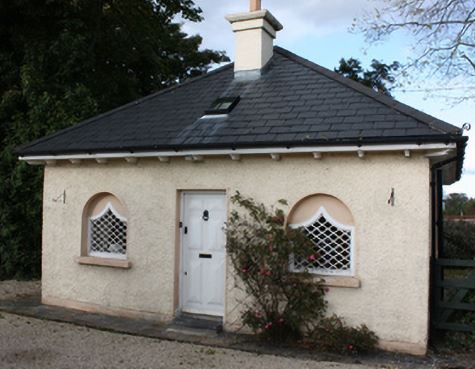
|
| Rockville (Inishowen) | This property was leased by John Canning from the Harvey estate at the time of Griffith’s Valuation, when it was valued at £14. The site also included a flax mill valued at nearly £5. The National Inventory of Architectural Heritage suggests it was built c.1800 and served as a residence for the local Presbyterian minister at times during the 19th century. Rockville is still extant and occupied. | |
| Fairview (Inishowen) | John Harvey held this property in fee at the time of Griffith’s Valuation, when it was valued at £10. This property is marked as Fairview Demesne on the 1st edition Ordnance Survey map but the house is not named. Neither house nor demesne are named on the early 25-inch edition. It is no longer extant. | |
| Hollymount (Inishowen) | Henry St. George Layard held this property in fee at the time of Griffith’s Valuation in the 1860s, when it was valued at £12. The house does not appear on the 1st edition Ordnance Survey map but is labelled Hollymount on the 25-inch edition of the early 20th century. By the early 20th century this property was owned by John Scott and valued at over £21. The National Inventory of Architectural Heritage suggests the house was built c.1850. A house is still extant at this site. |
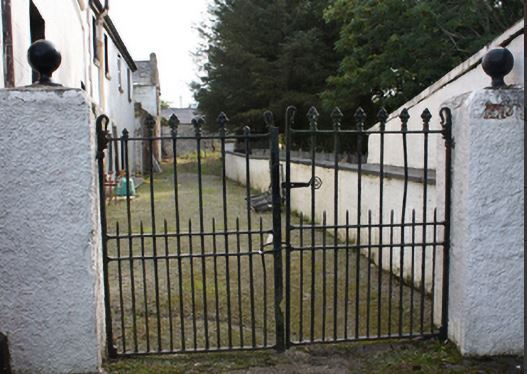
|
| Dromaville (Inishowen) | James McSheaffrey held this property in fee at the time of Griffith’s Valuation, when it was valued at almost £12. It is labelled Drumaville House on the 25-inch and later Ordnance Survey maps. Buildings are still extant at the site. | |
| Tirnaleague House | At the time of Griffiths Valuation n the 1850s, Samuel Rankin was leasing this property from the Lord Bishop of Derry’s estate when it was valued at £15. By 1906 it had the same valuation but was in the ownership of John C. McClintock. The National Inventory of Architectural Heritage suggests it was built by the Cary family but passed to the Rankins through marriage. It is still extant, surrounded by modern housing development. |
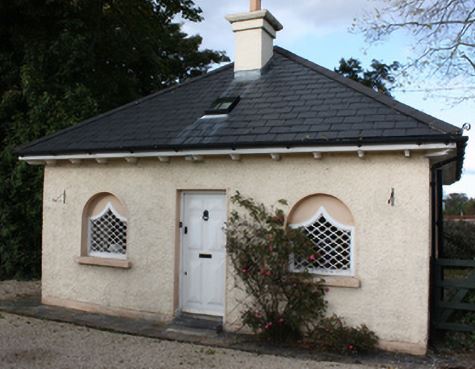
|
| Bridge Cottage (Inishowen) | Micah Cary Rankin was leasing this property to Mary Thompson at the time of Girffith’s Valuation, when it was valued at £10. This property was built after the publication of the 1st edition Ordnance Survey map and is labelled Bridge Cottage on subsequent maps. The local Carndonagh Heritage Society has a record of a diary (held at PRONI) kept by John Norris Thompson recounting repairs to the house in the mid-1850s. Buildings are still extant at the site. | |
| Carthage House (Inishowen) | Thomas Jackson was leasing this property from the Young estate at the time of Griffith’s Valuation, in the 1850s, when it was valued at £13. In 1837 Lewis referred to it as the seat of Reverend James Knox. The National Inventory of Architectural Heritage suggests it was built around 1775. It is still extant and occupied. |
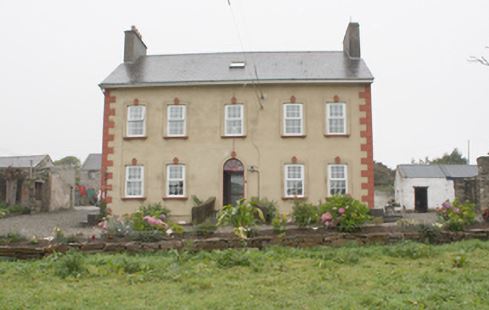
|
| Culdaff House | Culdaff House was held in fee by George Young at the time of Griffith’s Valuation, in the 1850s, when it was valued at £28. Lewis also records it as the seat of the Young family in 1837, noting "the extensive and highly improved demesne". The National Inventory of Architectural Heritage suggests it was originally built in the later 18th century, possibly replacing an earlier house. In 1906 it was the property of R.G. Young and valued at almost £32. It was destroyed by fire in 1922, rebuilt and later remodelled in the mid-20th century. It is still extant and occupied. |
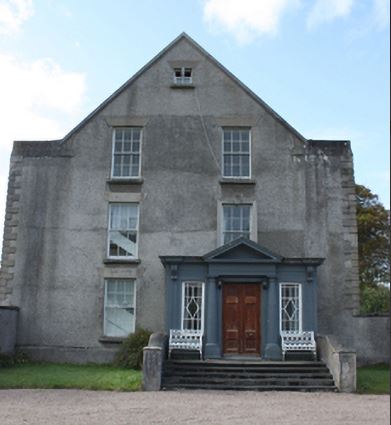
|

